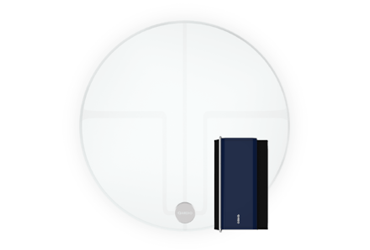A stroke is a life-threatening medical condition that is caused by the lack of blood flow carrying vital oxygen to a part of the brain. A stroke is a medical emergency that requires immediate treatment to prevent permanent damage to the brain or even death.
What are the symptoms of a stroke?
There are several common signs that can help identify a stroke. As the blood flow to the brain stops suddenly, either due to a ruptured blood vessel or due to a clogged one, the lack of oxygen causes paralysis of facial muscles as the brain cells start to slowly die. The appearance of a drooping eye or mouth, difficulty speaking or clearly articulating and weakness, numbness or paralysis of muscles are all common signs of an ongoing stroke.
How can I identify a stroke?
Just remember the word FAST, because acting fast on stroke is life-saving, to look for symptoms of stroke.
Face – a common symptom of stroke is a partial paralysis of the facial muscles, usually on one side. A person experiencing stroke might not be able to smile, talk, or their mouth or eye may droop.
Arm – a stroke may cause weakness or numbness of muscles so a person with a suspected stroke may not be able to lift both arms and keep them high.
Speech – a person suffering a stroke may not be able to talk, or their speech may be garbled or slurred despite trying to communicate.
Time – the faster a stroke patient can get help the better are the chances of successful recovery. Call the emergency line and communicate immediately if you suspect someone is experiencing a stroke.
Do stroke symptoms go away?
If you are having a stroke, the symptoms do not go away and you should not wait for them to do so. During a stroke, the lack of oxygen to your brain makes your brain cells slowly die, causing a permanent, irreversible damage. Even if you think you experienced stroke symptoms for as little as a few minutes, you should seek medical attention as you could be experiencing TIA – a mini-stroke – which is sometimes the warning sign for a full blown stroke to occur later. Always seek immediate medical help if you think you might have one or more of the signs of stroke.
What is a mini-stroke?
A mini-stroke, TIA or transient ischemic stroke in medical terms, is a temporary stroke that goes away in a few minutes. It causes stroke-like symptoms but only for less than 24 hours and unlike stroke, TIA doesn’t kill brain cells and does not cause permanent damage. However, mini-stroke can be as life-threatening as a stroke as it usually leads to a full stroke later on if it goes untreated.
Can the effects of a stroke be reversed?
The damage caused by a stroke depends on the timely medical attention given and it can be minimized if treated appropriately early on. A stroke is usually caused by a blood clot in a blood vessel, which can be dissolved by drugs or other means to restore normal blood flow to the brain, but the person needs to be evaluated and receive the treatment within a few hours.
Stroke is a life-threatening yet preventable help problem. Healthy lifestyle and weight, managed blood pressure and controlled diabetes are just the few things you can do to significantly improve your odds with a stroke. Use QardioArm, a smart blood pressure monitor to keep your blood pressure in optimal levels and QardioBase, a wireless scale and body analyser to reach your healthy weight and BMI.
Sources:
National Stroke Association




